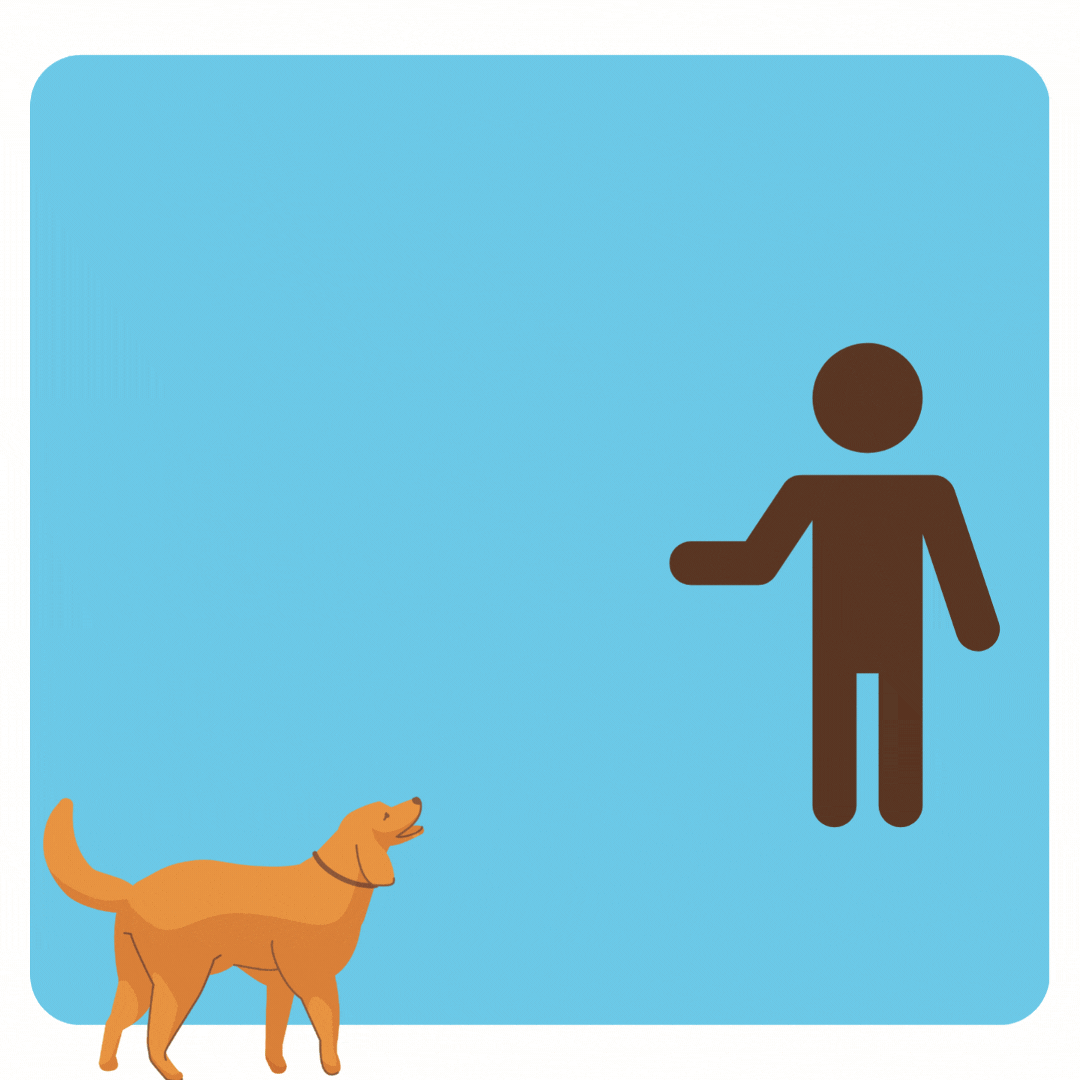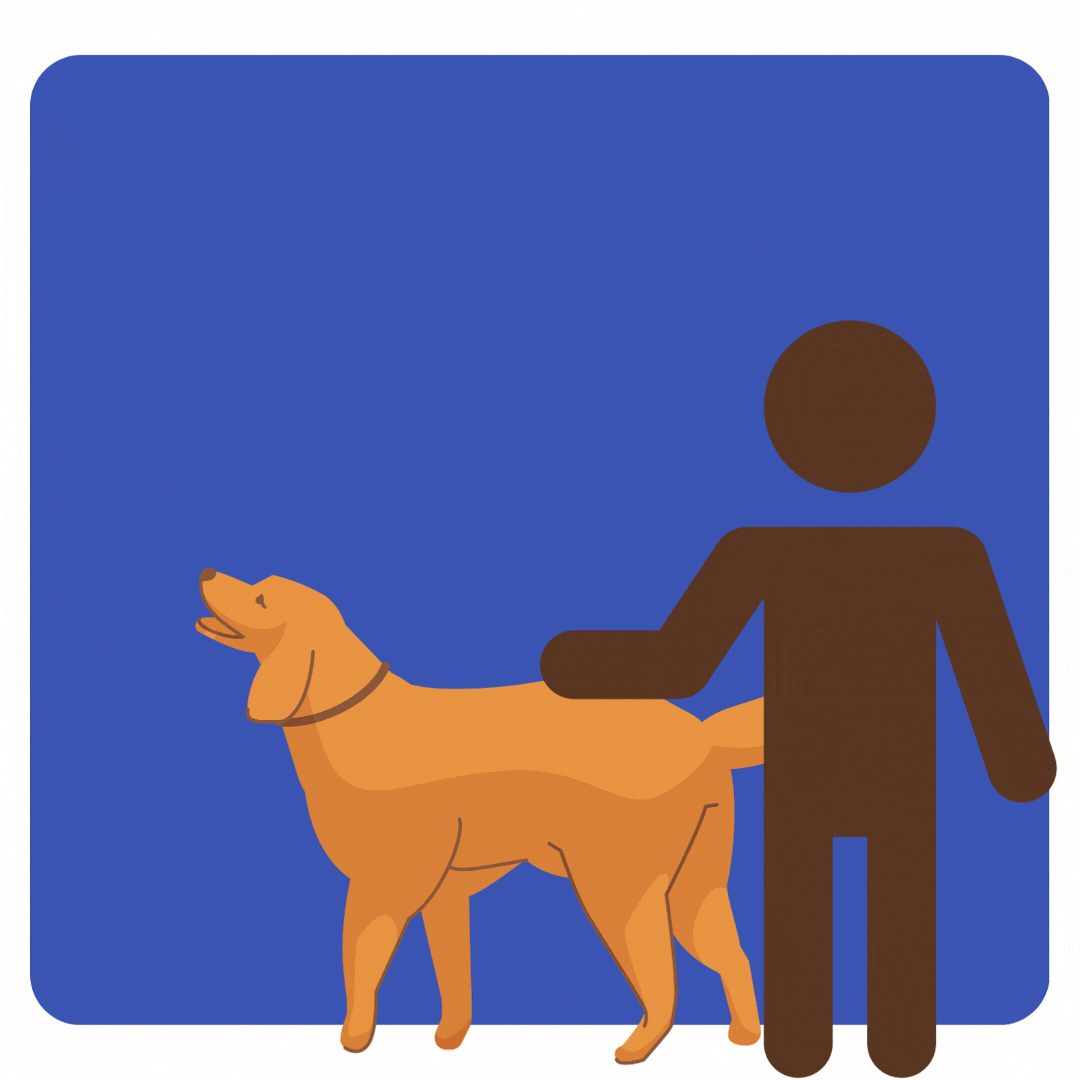Consent Tests for Petting Dogs: Understanding When and How to Interact
Petting a dog might feel like the most natural way to show them love, but not every dog is ready to opt-in to physical affection. Just like people, dogs have personal boundaries that deserve respect. Think about how uncomfortable it feels when a relative you barely know gives you a long, tight hug that you didn’t ask for—sometimes you wish for that hug a little later instead of right now. Dogs experience similar discomfort when we don’t give them a choice about being touched. That’s why consent tests are so important. These simple, practical techniques help dogs communicate whether they want to engage, ensuring your interactions are enjoyable and stress-free for everyone involved.
What Are Consent Tests?
Consent tests are used to determine if a dog wants to be touched or pet. They empower dogs to make choices about their interactions, promoting trust and comfort. The goal is to create a positive relationship where the dog feels safe.
Let’s review our favorite two consent tests.
Ask for Approach
This simple method involves signaling to the dog that you’d like to interact, then waiting for them to engage.
How to Perform It:
-
Stand or sit still, calmly call the dog’s name.
-
Pat your leg softly to invite the dog over.
-
Observe the dog’s reaction.
Signs the Dog Is Interested:
-
Walks over to you.
-
Nudges your hand or leg.
-
Maintains relaxed and loose body language, such as a wagging tail or soft eyes.
Signs the Dog Is Not Interested:
-
Dog doesn’t walk over.
-
Moves away or avoids eye contact.
-
Licks their lips or yawns (stress signals).
-
Shows stiff body language or turns their head away.
Pros:
-
Easy to implement.
-
Encourages two-way communication.
-
Builds trust over time.
Cons:
-
Some humans feel like a lack of desire to interact means a dog doesn’t like them — this isn’t necessarily true. It means the dog doesn’t want to interact right now.
-
Doesn’t use any safety set ups, so don’t use for dogs with a bite history or reactivity towards visitors.
The “Pet, Pet, Pause” Rule
This method is great for every dog and is particularly useful for dogs with mixed feelings about touch.
How to Perform It:
-
Ask the dog to come over (Ask to Approach Rule) or proceed if the dog has already come over.
-
Pet the dog a couple of times on the back, chest or shoulder (avoid the head).
-
Pause and observe their reaction before continuing.
Signs the Dog Is Interested:
-
Leans in or nudges for more.
-
Remains relaxed with soft eyes and a wagging tail.
-
Positions their body to invite further touch.
Signs the Dog Is Not Interested:
-
Moves away or shifts their body to avoid your hand.
-
Shows stiff or tense posture.
-
Exhibits stress signals like a tucked tail, furrowed brow or pinned-back ears.
Pros:
-
Easy to teach everyone!
-
Reduces the risk of over-petting or overstimulating the dog.
-
Gives the dog choice to continue or not.
Cons:
-
Requires close attention to subtle body language cues.
-
May not work well for very excitable dogs who enjoy all touch indiscriminately.
Understanding Dog Body Language
Interpreting a dog’s body language is critical for consent tests. These help us deterimine if we should continue or not. Here are some key signals to watch for:
Interested and Comfortable:
-
Loose, wagging tail (not stiff or rapid).
-
Loose spine and wiggly butt.
-
Soft eyes and relaxed facial expressions.
-
Leaning in or moving closer.
-
Playful or curious demeanor.

Disinterested or Uncomfortable:
-
Moving away or avoiding touch.
-
Stiff body posture or tucked tail.
-
Lip-licking, yawning, or panting (signs of stress).
-
Turning head or body away from you.
Final Thoughts
Incorporating consent tests into your interactions with dogs can dramatically improve your relationship and significantly reduce the risk of bites. By allowing dogs to “opt-in” to physical contact, we respect their boundaries and minimize stress-induced responses. Dogs often resort to biting when their subtle cues of discomfort—such as turning away, lip-licking, or yawning—are ignored. Consent tests help us recognize these signals, preventing situations from escalating to bites.
By consistently applying consent tests, we foster trust and safety, leading to more harmonious human-dog relationships.
![]()
![]() For more information on dog body language contact us anytime:
For more information on dog body language contact us anytime:
Dog Training & Dog Behavior Consultant | Wiggle Butt Academy | Texas
https://www.wigglebuttacademy.com/
214-210-2695
2257 Ridgeview Dr Plano, Texas 75025
Wiggle Butt Academy offers dog training and behavior services by professional, certified dog trainers. We combine kindness and animal learning science to teach new skills and change unwanted behavior. We help with puppies and dogs of all ages and stages. We are Fear Free trainers who don’t use fear, force or pain to train your family pet.
Are you ready to unleash your pup’s wiggle butt? Join us at Wiggle Butt Academy, where we use positive reinforcement to teach dogs and their families how to live happy lives together.





